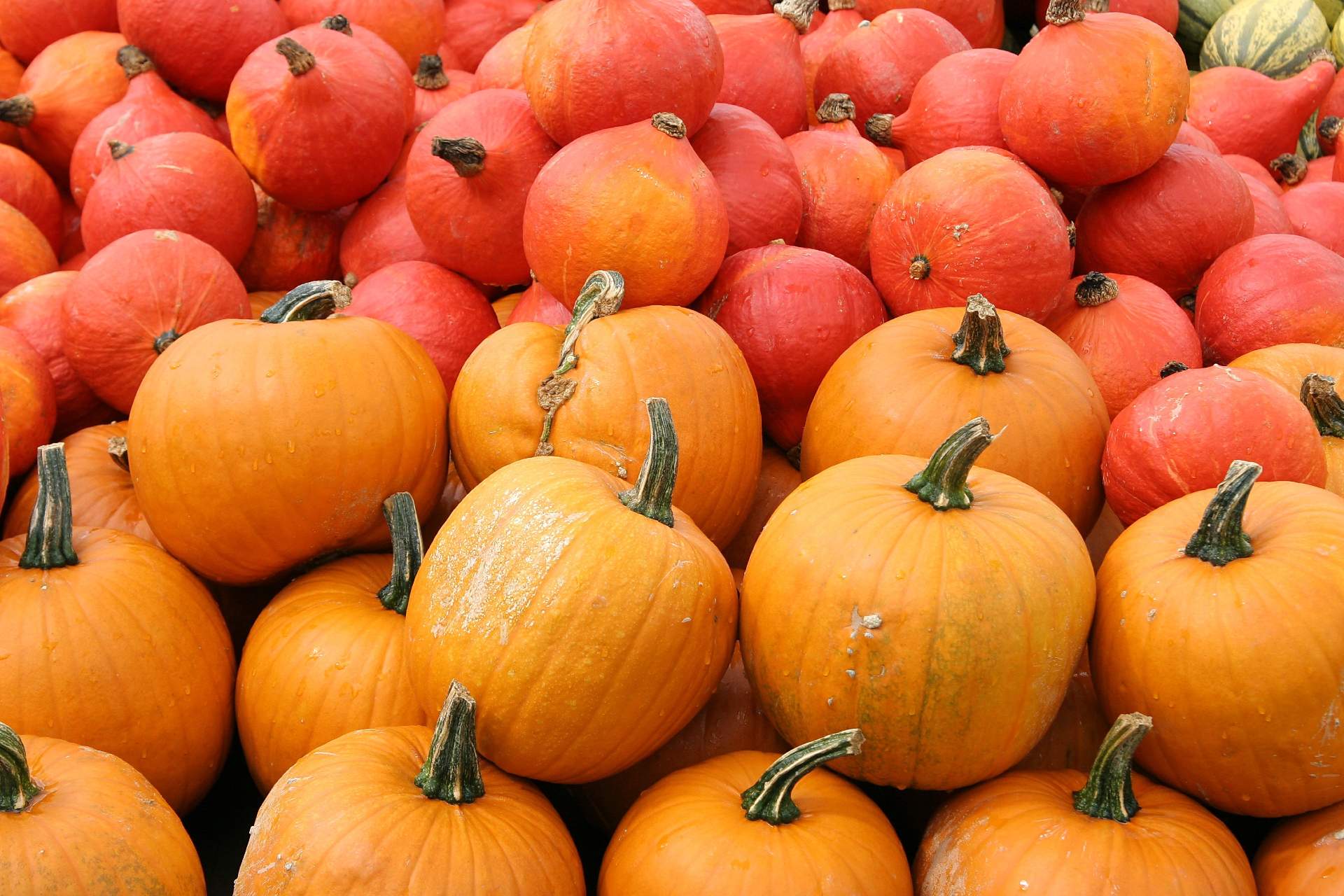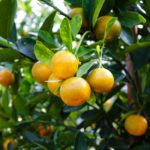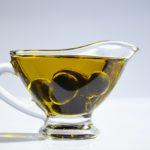M. I. HASSAN
Japan Tobacco International, Kushtia, Bangladesh.
M. ARIFUNNAHAR
Department of Entomology, Hajee Mohammad Danesh Science and Technology University (HSTU), Dinajpur 5200, Bangladesh.
M. A. ALIM
Department of Entomology, Hajee Mohammad Danesh Science and Technology University (HSTU), Dinajpur 5200, Bangladesh.
M. A. SARKAR
Division of Entomology, Bangladesh Agricultural Research Institute, Gazipur, Bangladesh.
M. A. HOSSAIN
Department of Entomology, Hajee Mohammad Danesh Science and Technology University (HSTU), Dinajpur 5200, Bangladesh.
ABSTRACT: The study was carried out using four botanical oils such as neem, (Azadirachta indica) pithraj, kalozira (Black camin) (Nigella sativa) and tishi (Linseed) (Linum usitatissimum) to manage red pumpkin beetle Aulacophora foveicollis attacking sweet gourd. Data were taken on the number of red pumpkin beetle on a twig per plant and fruits yield. The number of insects reduced with increasing time after spray of botanical oils. The number of insect per plant markedly reduced up to 72 hours of spray but best result was observed at 24 and 48 hours after application of treatments. For every spray the highest number of insect was observed 7 days after spray. The results of the present study revealed that among all the tested botanical oils black cumin had promising effect against the beetle at 7 days after spray. Based on the number of fruits per plant black cumin oil may be used as an effective management option against A. foveicollis.
Keywords: Black cumin, neem, Linseed, Pithraj, oils, red pumpkin beetle, Sweet gourd.
REFERENCES
ABED, S. Z., KAZI, M. & BHASHANI, K. A. 2016. Effectiveness of the insecticide treatments against the leaf infestation by red pumpkin beetle. Afri. J. Agric. 3(6), 178-184.
ALI, H., AHMAD, S., HASSAN, G., AMIN, A. & NAEEM, M. 2011. Efficacy of different botanicals against red pumpkin beetle (Aulacophora foveicollis) in bitter gourd (Momordica charantia L.). Pak. J. Weed Sci. Res. 17, 65-71.
ARAYA, G. S., & EMANA, G. 2009. Evaluation of botanical plants powders against Zabrotes subfasciatus (Boheman) (Coleoptera: Bruchidae) in stored haricot beans under laboratory condition. Afri. J. Agric. Res. 4 (10), 1073-1079.
BBS (Bangladesh Bureau of Statistics). 2016. Statistical Year Book of Agriculture. Bangladesh Bureau of Statistics, Ministry of Planning, Govt. of the People’s Republic of Bangladesh, Dhaka. pp. 249-250.
BOSE, T. K. & SOM, M. G. 1998. Vegetables Crops in India, Naya Prokash, Calcutta, pp. 92-95.
DAS, S. K. & ISHAHAQUE, N. M. M. 1999. Control of red pumpkin beetle, Aulacophora foveicollis (Lucas). J. Agri. Sci. Soc. 12, 112-117.
FAKIR, O. A., RAHMAN, M.M., ROKON, G. M., ALAM, M. K., & MILLAT, M. N. Comparative performance of botanical pesticides for controlling red pumpkin beetle in cucumber over chemical approach. Bangladesh J. Environ. Sci. 33, 55-58.
HEYDE, J. V., SAXENA, R. C. & SCHMUTTERER, H. 1983. Neem oil and neem extracts as potential insecticides for control of Hemipterous rice pests. Proc. 2nd Int. Neem Conf., Rauisch-holzhausen, FRG, 25-28 May 1983. pp. 377-390.
KUMAR, S. P. & BABU, P. C. S. 1998. Toxicity of neemazal formulations to pupae and adults of Epilachna vigintiocto punctata Fab. (Coleoptera: Coccinellidae). Insect Environ. 3(4), 93-98.
LEE, B., CHOI, W., LEE, S. & PARK, B. 2001. Fumigant toxicity of essential oils and their constituent compounds towards the rice weevil, Sitophilus oryzae. Crop Prot. 20, 317-320.
OSMAN, S., UDDIN, M. M. & ADNAN, S. M. 2013. Assessment of the performance of different botanicals and chemical insecticides in controlling red pumpkin beetle Aulacophora foveicollis (Lucas). Int. J. Agric. Sci. Res. 2(8), 258-264.
PANKAJ, T. & ANITA, S. 2009. Laboratory assessment of the repellent properties of ethanolic extracts of four plants against Raphidopalpa foveicollis Lucas (Coleoptera: Chrysomelidae). Int. J. Sustain. Crop Prod. 4(2), 1-5.
RAHAMAN, M. A., PRODHAN, M. D. H. & MAULA, A. K. M. 2008. Effect of botanical and synthetic pesticides in controlling epilachna beetle and the yield of bitter gourd. Int. J. Sustain. Crop Prod. 3(5), 23-26.
RAHMAN, M. A. & PRODHAN, M. D. H. 2007. Effects of net barrier and synthetic pesticides on red pumpkin beetle and yield of Cucumber. Int. J. Sustain. Crop Prod. 2(3), 30-34.
RASHID, M. A., KHAN, M. A., ARIF, M. J. & JAVED, N. 2015. Intensive management of red pumpkin beetle (Aulacophora foveicollis Lucas) in different ecological regions. Pak. J. Zool. 47(6), 1611-1616.
SAXENA, R. C., LIQUIDO, N.J. & JUSTO, H. D. 1981. Neem seed oil an antifeedant for the control of the rice brown plant hopper Nilaparvata lugens. Proc. 1st Int. Neem Conf., 16-18 June 1980, Rottach- Egern., FRG. pp. 171-188.
SAXENA, S. C. 1992. BIOLOGY of Insects. Published by Raju Primlanifor Oxford and IBH Publishing Co. Pvt. Ltd., 66 Janapath, New Delhi 110001. p. 366.
TANDON, P. & SIROHI, A. 2009. Laboratory assessment of the repellent properties of ethanolic extracts of four plants against Raphidopalpa foveicollis Lucas (Coleoptera: Chrysomelidae). Int. J. Sustain. Crop Prod. 4(2), 1-5.
TOMAR, D. 2018. Study of Epilachna varivestis life cycle after essential oil treatment. J. Env. Bio-Sci. 32 (1), 1-8.
TOPONDJOU, L. A., ADLER, C., BOUDA, H. & FONTEM, D. A. 2002. Efficacy of powder and essential oil from Chenopodium ambrosoides leaves as post harvest grain protectant against six stored product pest. J. Stored Prod. Res. 38, 395-402.
TRINDALL, H. D. 2008. Vegetables in the Tropics. Macmillan Education, Landon. p. 166.







